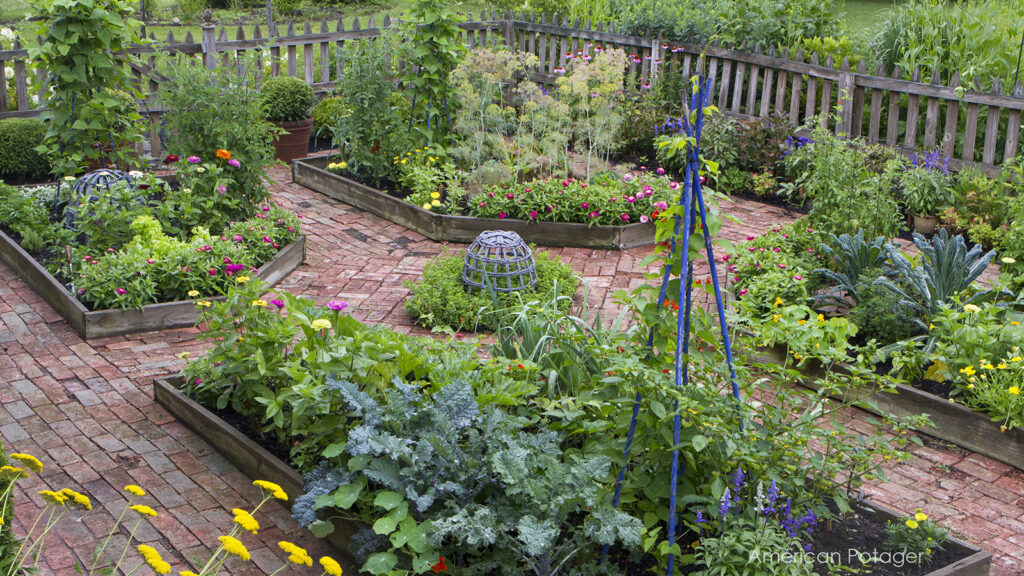November is a great time to plant a variety of vegetables, herbs, and flowers. The cooler weather and shorter days are ideal for many plants, and many crops can be harvested throughout the winter months.
Here are some ideas for what to plant in November:
Vegetables
- Broccoli
- Cabbage
- Cauliflower
- Carrots
- Celery
- Collard greens
- Kale
- Lettuce
- Onions
- Peas
- Spinach
- Swiss chard
Herbs
- Chives
- Cilantro (in warm climates)
- Garlic
- Lavender
- Lemon balm
- Lemon verbena
- Mint
- Oregano
- Parsley
- Rosemary
- Sage
- Thyme
Flowers
- Calendula
- Pansies
- Viola
When to plant
The best time to plant in November will vary depending on your climate. In general, you should plant cool-season crops in the fall, when the temperatures are between 60 and 70 degrees Fahrenheit.
If you live in a cold climate, you may need to start some of your seeds indoors and transplant them to the garden later. You can also protect your plants from the cold by covering them with row cover or burlap.
How to plant
To plant your vegetables, herbs, and flowers, follow these simple steps:
- Choose a sunny spot in your garden with well-drained soil.
- Amend the soil with compost or manure.
- Plant your seeds or seedlings according to the instructions on the package.
- Water your plants regularly, especially during the first few weeks after planting.
- Fertilize your plants every few weeks with a balanced fertilizer.
- Harvest your vegetables, herbs, and flowers regularly, so that the plants continue to produce.
Tips for success
Here are a few tips for success in planting in November:
- Choose the right plants. Not all plants are suited for planting in the fall. Make sure to choose plants that are cold-tolerant and will thrive in your climate.
- Prepare your garden bed. Amend the soil with compost or manure to improve the drainage and fertility.
- Plant at the right time. Plant cool-season crops in the fall, when the temperatures are between 60 and 70 degrees Fahrenheit.
- Water your plants regularly. Especially during the first few weeks after planting, it is important to water your plants regularly.
- Fertilize your plants. Fertilize your plants every few weeks with a balanced fertilizer to help them grow strong and produce a bountiful harvest.
- Protect your plants from the cold. If you live in a cold climate, you may need to protect your plants from the cold by covering them with row cover or burlap.
By following these tips, you can enjoy a successful fall planting season.

